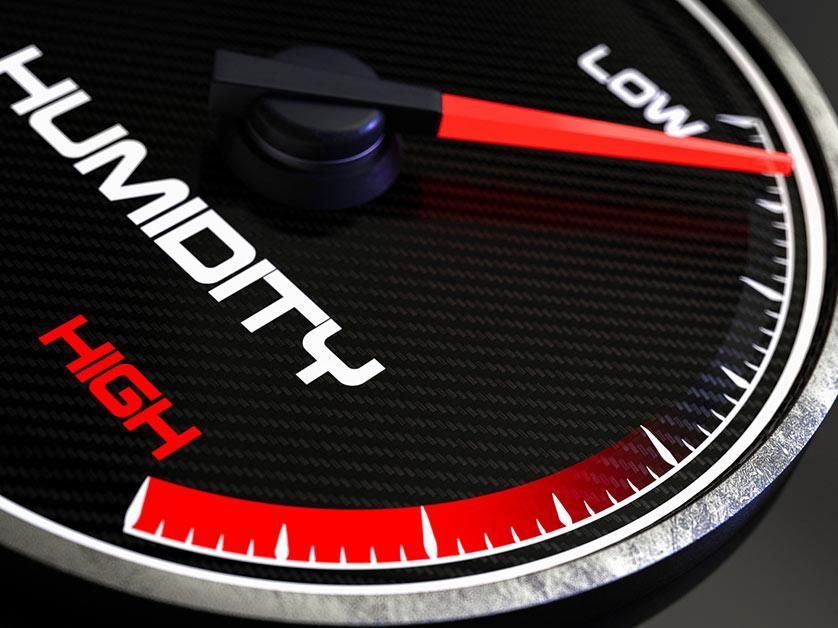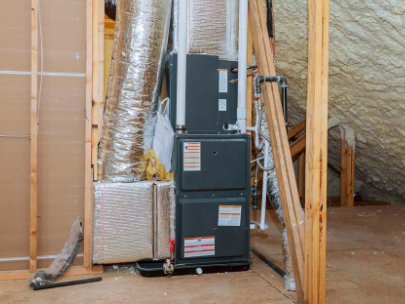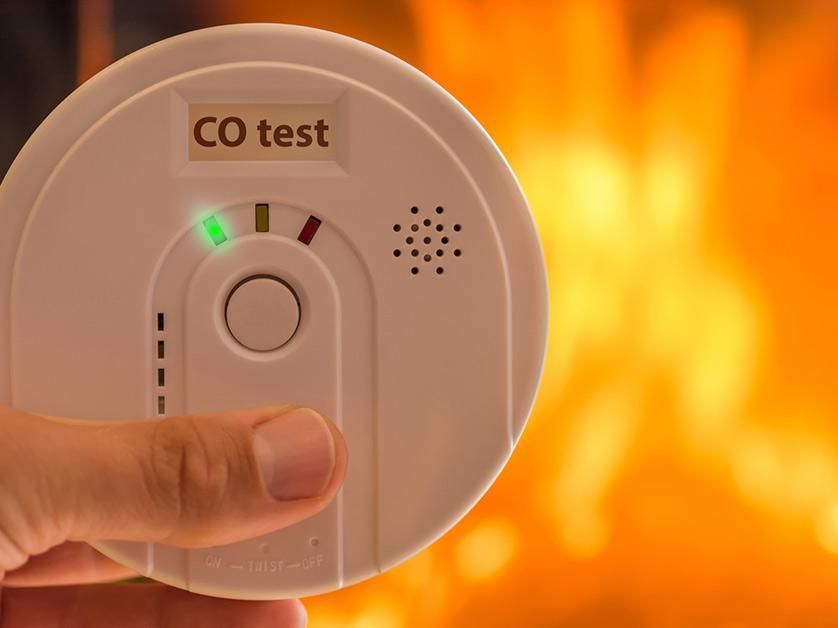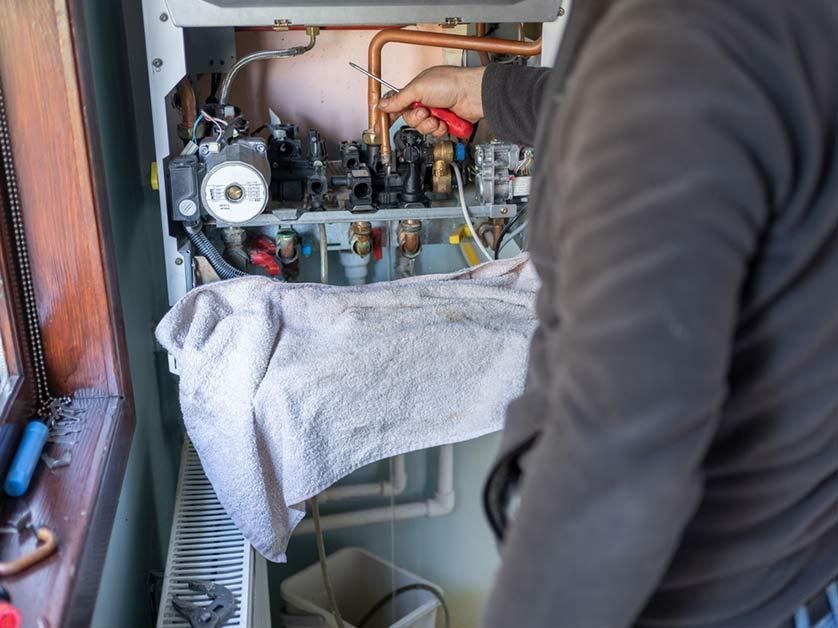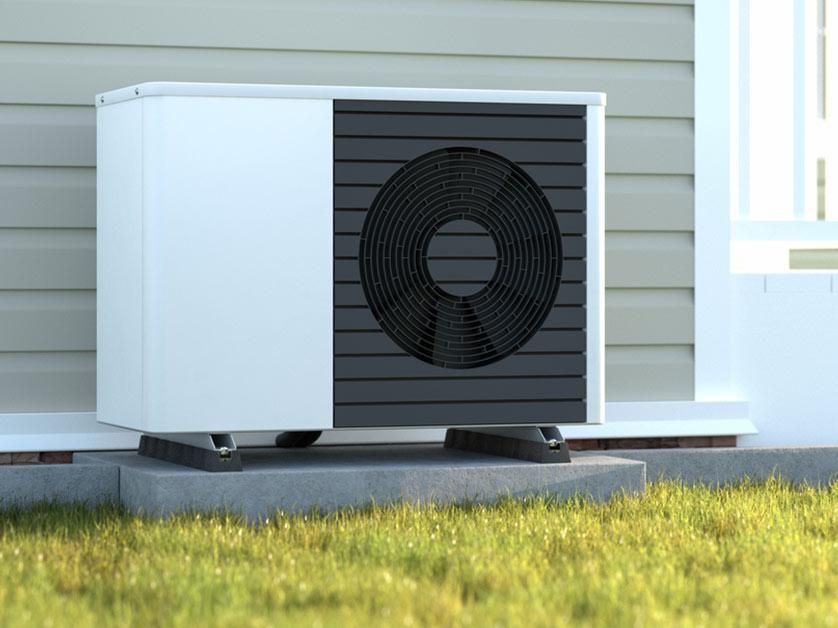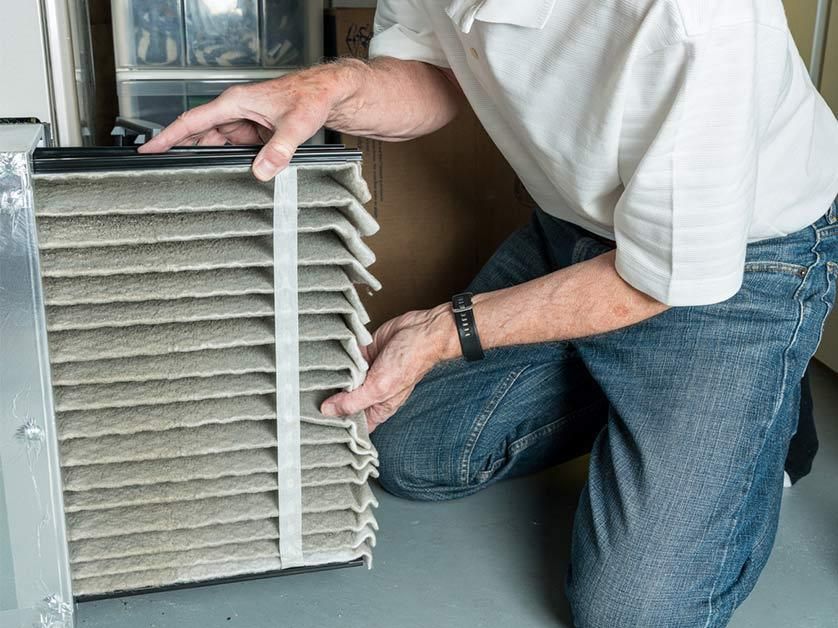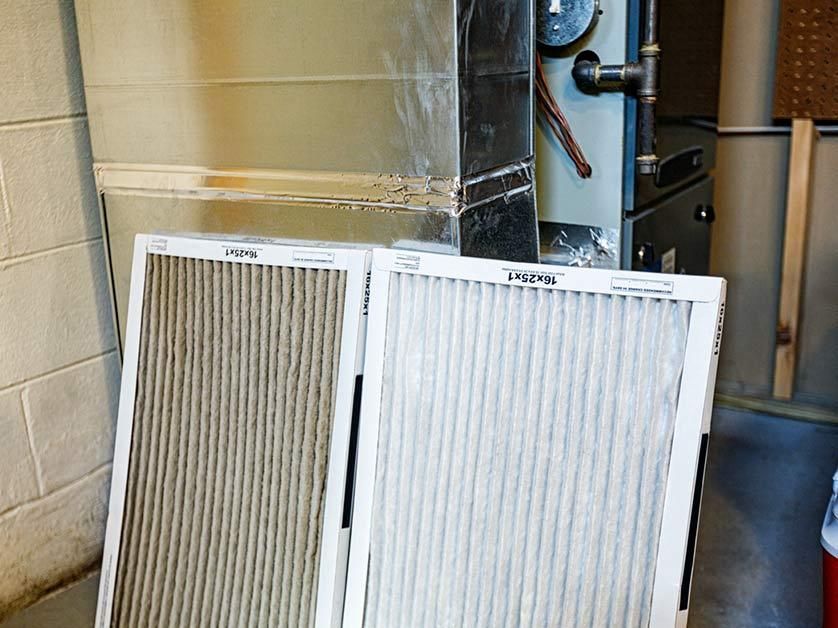Certified and Insured
What Is the Level of Humidity That Should Be Present Inside a House?
Maintaining the right level of humidity inside your home is more than just a matter of comfort—it’s important for your health, well-being, and the longevity of your home. Humidity levels that are too high or too low can have a range of negative effects, from respiratory problems to structural damage. But what exactly is the ideal humidity level for your house, and how can you maintain it?
The Recommended Humidity Level
The optimal indoor humidity level for a home is typically between 30% and 50%. This range provides a comfortable living environment while preventing potential issues caused by excessively high or low humidity.
Why Is Humidity Important?
Comfort
When humidity levels are too high, the air feels warmer, making it difficult to stay cool. On the other hand, low humidity can leave you feeling dry and uncomfortable, with chapped skin and irritated eyes.
Health
Humidity plays a key role in respiratory health. Low humidity can dry out your nasal passages and throat, making you more susceptible to colds and infections. High humidity, however, can encourage mold growth and the proliferation of dust mites, which can worsen allergies and asthma.
Preserving Your Home
Maintaining the right humidity levels also helps protect your home’s structure and furnishings. Too much moisture can cause wood to warp, paint to peel, and metal to rust. Low humidity can dry out wooden furniture and flooring, causing cracks and splits.
How to Control Humidity in Your Home
To keep your home within the recommended humidity range, consider using a humidifier or dehumidifier depending on the current levels. You can also regulate humidity with good ventilation, especially in areas like bathrooms and kitchens, where moisture tends to build up.
For homeowners looking to manage their home's humidity levels effectively, contact
Ky & Rob's HVAC + at
(385) 600-2750 or fill out our
online form to schedule an appointment. Our team can provide tailored solutions that consider the local climate and individual home characteristics.
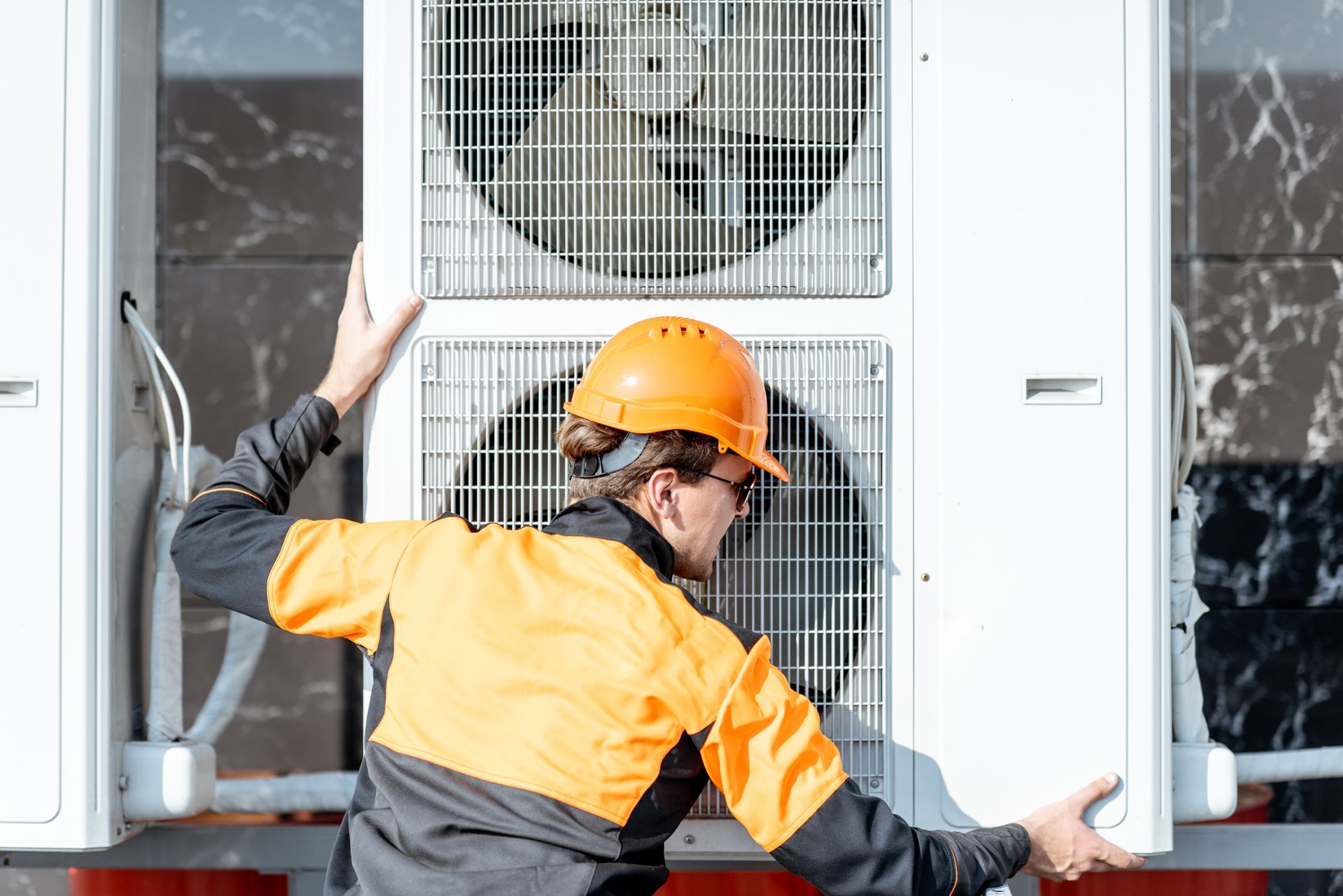

Ky and Rob's HVAC Plus


